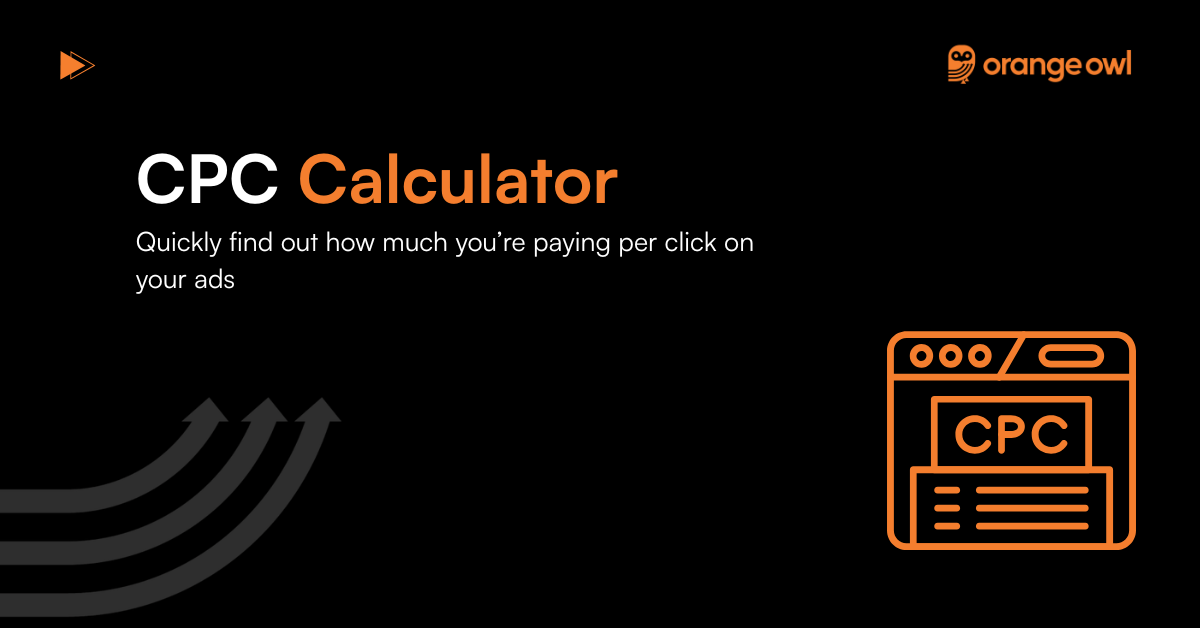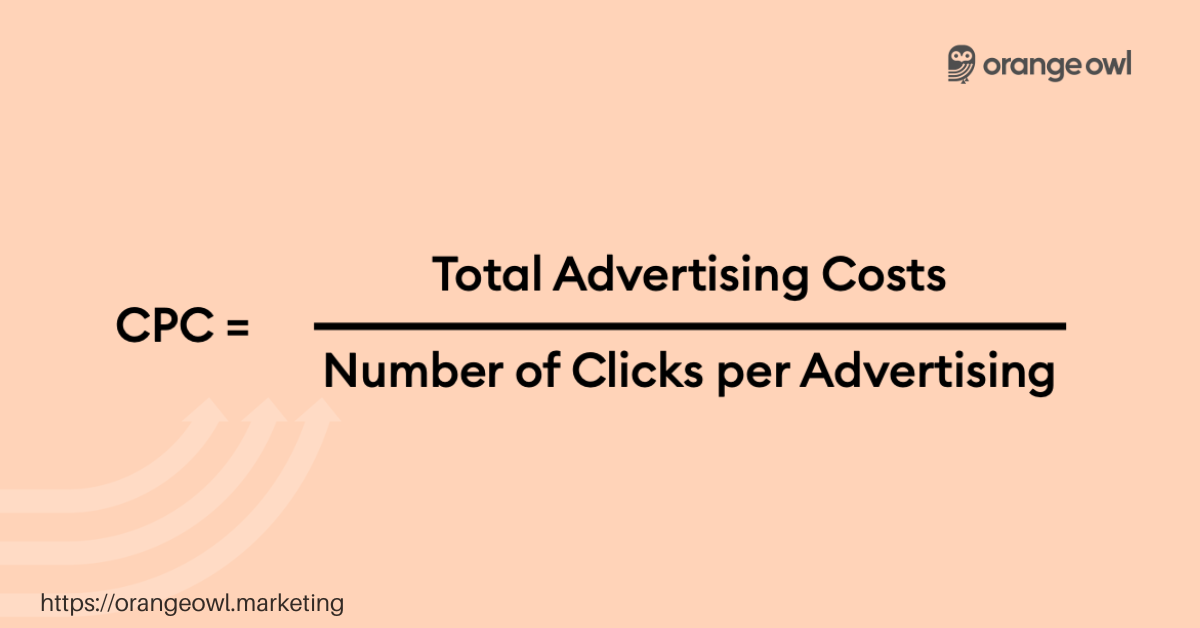CPC Calculator

Table of Contents
What is CPC?
CPC stands for Cost Per Click, a key performance metric in digital advertising. It tells you how much you pay each time someone clicks your ad. Lower CPC often means your ads are more effective at generating traffic for less money.
CPC Formula

CPC = Total Ad Spend / Number of Clicks
If you spent ₹10,000 and got 2,000 clicks, your CPC is ₹5.
Why CPC Matters
Understanding your CPC helps you:
- Benchmark ad efficiency across platforms
- Optimise your bidding strategy
- Evaluate campaign performance
- Maximise returns from your marketing budget
Whether you’re a startup, agency, or marketing team, knowing your CPC is essential to scaling your ads without overspending.
Who Should Use This?
- Paid media marketers
- Digital marketing analysts
- Startup founders managing ads
- PPC campaign managers
- Growth hackers & CMOs
CPC vs. Other Metrics
Metric | Measures | Best For |
CPC | Cost per click | Measuring traffic cost |
CPA | Cost per acquisition | Measuring conversion cost |
CTR | Click-through rate | Measuring ad relevance |
ROAS | Return on ad spend | Measuring revenue from ads |
How to Use CPC to Improve Your Ad Strategy
A lower CPC means you’re paying less for every visitor — which is great — but lower isn’t always better. If those clicks don’t convert, you’re still wasting budget.
That’s why CPC should be used in context with metrics like CPA (Cost Per Acquisition), CTR (Click-Through Rate), and ROAS (Return on Ad Spend). Together, they give you a full picture of performance.
✅ Tips to Lower Your CPC
Want to reduce your CPC without compromising quality? Here’s how:
- Improve ad relevance: Use better copy, targeting, and CTAs.
- Increase your Quality Score: Especially important for Google Ads.
- Use negative keywords: Avoid paying for irrelevant clicks.
- A/B test your creatives: Find which versions drive cheaper clicks.
- Refine your audience: Narrow down to the highest-intent users.
Real-Life Example
Let’s say you’re running a LinkedIn campaign targeting B2B SaaS founders. You spent ₹12,000 and received 800 clicks.
👉 Your CPC = ₹15.
Now, compare this to your campaign on Meta, where you spent ₹8,000 and got 2,000 clicks.
👉 Your CPC = ₹4.
Although Meta has a lower CPC, the conversion rate might be higher on LinkedIn, so you’ll want to analyse CPC in context with your funnel performance.
When CPC Might Be Misleading
Relying solely on CPC can lead to poor decisions if you’re not tracking:
- What happens after the click (e.g., bounce rate, conversions)
- If the audience is relevant
- Whether you’re optimising for quality or volume
Sometimes, a slightly higher CPC with better quality leads is more valuable than tons of cheap, unqualified traffic.
How Orange Owl Helps You
At Orange Owl, we work with fast-scaling startups and performance-driven marketers to lower Cost Per Click while maximizing traffic quality. From advanced keyword strategies and high-converting ad creatives to precise bidding and continuous optimization—we fine-tune every element of your ad campaigns.
Because every click should be worth the cost—and every visitor should bring you closer to conversion.
Frequently Asked Questions (FAQs) on CPC
Certain industries like legal, finance, and healthcare often have higher CPCs due to high competition and customer value.
Yes, CPC can vary daily or seasonally due to market competition, ad fatigue, budget changes, or algorithm updates.
Not necessarily. A low CPC with low-quality traffic may not convert. It’s about balancing CPC with conversion rate and ROI.
Yes, a high CPC may limit scalability by increasing your budget requirements, especially when expanding campaigns.
It varies by industry and platform, but early-stage startups often aim for a CPC under ₹30–₹50 in India to maintain budget efficiency.
Yes. A better landing page improves Quality Score and user experience, which can lead to lower CPCs in auction-based systems.
